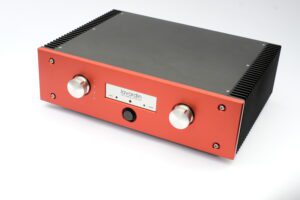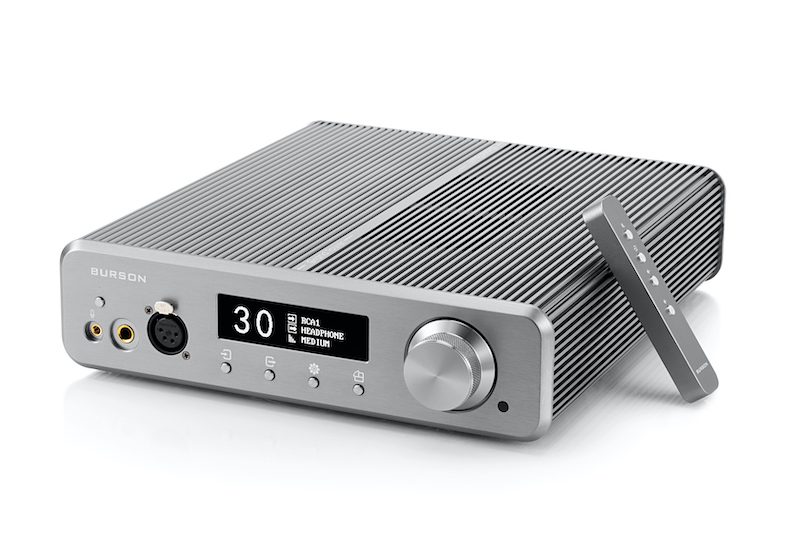
The personal corner of the audio market is abuzz as vendors compete to out-do each other in the measurement stakes. Some of the latest personal audio amplifiers, many from China, almost defy electro-physics with distortion artefacts that are not just inaudible, but a challenge to detect with even the most sensitive of test gear. They also defy commercial convention with prices as low as £500-£600. Yes. If we believe that measurements tell us everything we need to know about how an amplifier will sound, that really is all we need to spend.
Burson from Australia has long been the exception to that rule and its new Soloist 3X GT combined personal audio amplifier and line stage is an intriguing product because the Soloist 3X GT doesn’t exactly push the measurements envelope. And neither does it cost £500 or £600. More like £2,500.
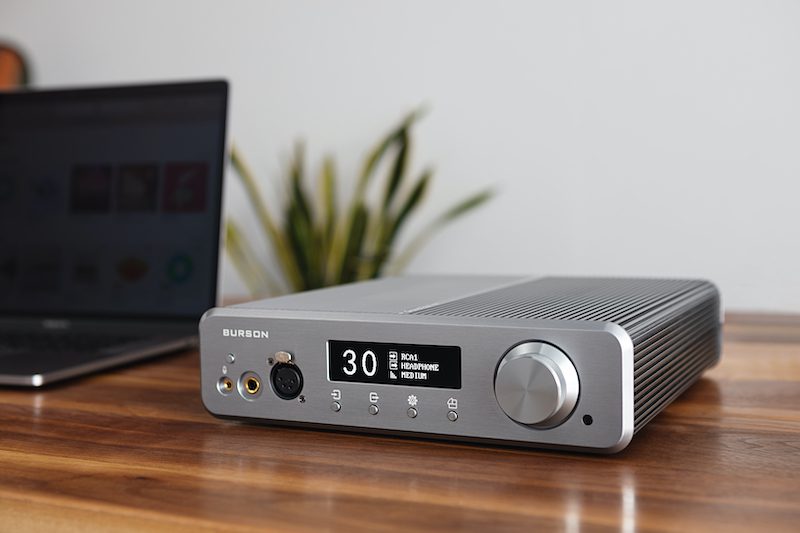
Burson made a name for itself by designing and manufacturing op-amps for studio and OEM applications. The latest generation of Burson op-amps, such as the flagship V6 Vivid, are notable for being built with discrete components rather than being on-chip devices. Alongside, Burson has developed its own range of finished amplifiers and DACs, currently starting with the £544 Funk Class AB speaker/headphone amplifier and topping out cost-wise with the Soloist 3X GT.
Pure Class A
The Soloist 3X GT is a pure Class A design. It has a claimed +/-1 dB bandwidth of DC to 48 kHz. Burson provides no figures for channel phase balance. THD into headphones is quoted as 0.0015% and SNR as 112 dB into 16 Ohms; not class leading, but not shabby either.
Burson’s design aesthetic is impossible to mistake for that of any other audio manufacturer. From the diminutive Funk upwards, the company’s finished products have ribbed aluminium cases with front and back plates of smooth aluminium, all electro-plated in the same light grey. The design is an efficient heat radiator in its own right, and so it tells us something that the Soloist 3X GT has an internal cooling fan. It needs one because it draws 90 Watts even when idle, and that translates into grunt, at least in headphone amplifier terms, with a capital G. The output of 10 Watts per channel into a 16 Ohm XLR load and 640 mW into 600 Ohms is more than twice that of some of its competitors. Output halves if the single-ended TRS socket is used.
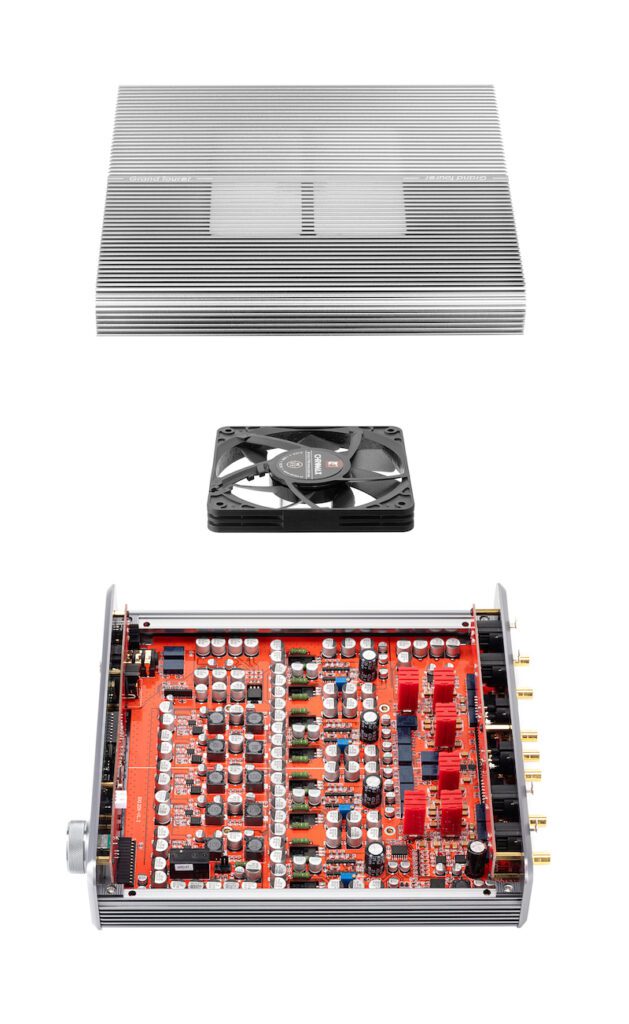
The review sample was left running for four weeks constantly. From a distance of a foot or so, the fan was audible between tracks when using an open-back headphone, but at greater distances the whirr disappeared into the nominal 31 dBA background level of the listening room. The fan is a standard low-noise computer device, widely available, so replacements should not be a problem.
The Soloist 3X GT’s internal switching power supply is fed by a wall-wart and operates at 170 kHz. Also inside the distinctive case are a pair of symmetrical mono amplifiers, each using three V6 Vivid op-amps. Gain is governed by two high-end volume control chips. On the back panel are XLR and RCA inputs, XLR and RCA outputs, plus a RCA sub-out that can be used for both headphone and line stage outputs. There are also three 12V trigger sockets and a microphone by-pass socket. On the front a dimmable white OLED display shows the gain selected by the rotary control, while buttons give access to input and output configuration, display orientation and a menu of options including line-stage balance, three levels of gain and three levels of crossfeed.
Flagship challenge
I used a LCD-5 headphone for most of the listening sessions. Audeze’s latest flagship planar model presents a load of 14 Ohms with a claimed efficiency of 90 dB. Even on its lowest gain setting the Soloist 3X GT comfortably drove the LCD-5, requiring a volume setting of 79 from a maximum of 100 to achieve more than loud enough sound pressure levels. On the highest gain setting a similar subjective volume was achieved with the control set to just 14. With no signal on the input, even on its highest setting and with the volume wound up to maximum, the review sample was silent into the Audeze LCD-5 and a Sennheiser HD650. It is safe to assume that with this level of sophistication, and an output impedance of 0.5 Ohms, it would likely be a good match for sensitive in‑ear-monitors too.
Burson’s designers have declined to just focus on stats but instead also paid attention to the key musical qualities of dynamic agility, dynamic expression, tonal density and timing. The payback for this approach is apparent within seconds of pressing the play button on the first quality recording of acoustic material. Teamed with the Audeze LCD-5, the Soloist 3X GT rendered the drum beats in the intro to the opening track of the Tingvall Trio’s 2017 album Cirklar [Skip] with a distinctly high-end and satisfying sense of texture to the skin tension and shell resonances.
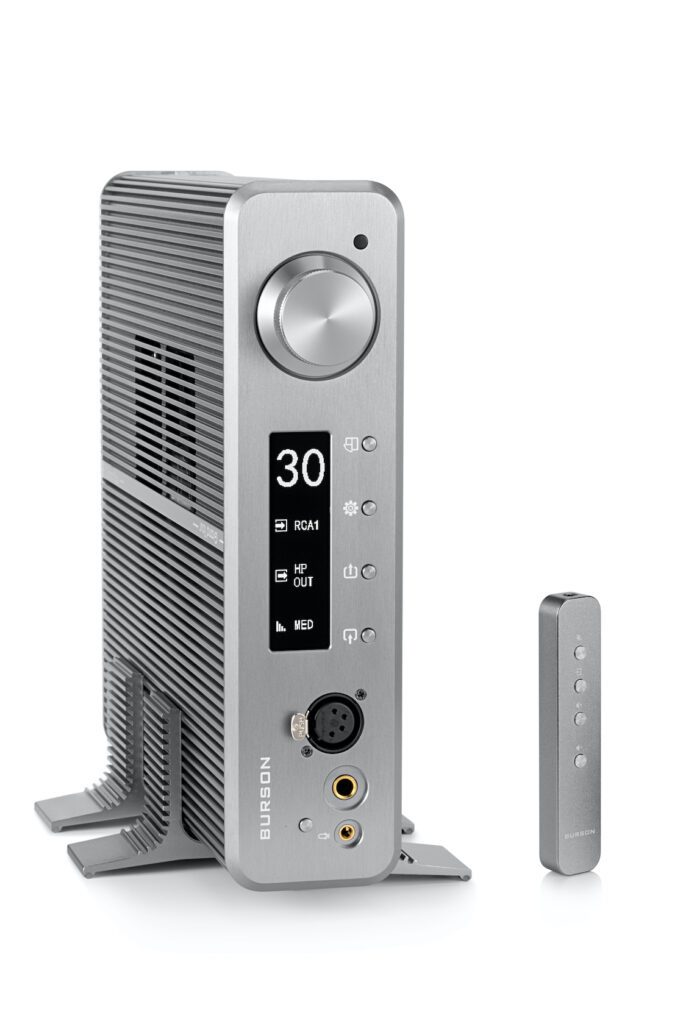
For much of the second track on the same album, double bass player Omar Rodriguez Calvo mirrors the melody that pianist Martin Tingvall plays with his left hand. In the last 12 months I’ve heard several headphone amplifiers that boasted absolutely stellar measurements… yet rendered the two layers as a homogenised, untextured and sterile sound.
In contrast, the 3X GT made it possible not only to hear each player’s subtle timing variations but also to discern the distinct tonal and percussive characters of their instruments. If we are wondering how the Burson might be worth five times the price of a £500 amplifier that measurers perfectly, then maybe there’s our answer. Or at least part of it. Because the Soloist 3X GT demonstrated too, on the same track and in the span of a handful of bars, that it is more than simply a detail machine. Several times Calvo pops out from under Tingvall’s left hand to play a dazzling fill before diving back under again to resume doubling on the main figure. Here, the Burson showed class-leading levels of both dynamic agility and dynamic expression, making listeners jump in surprise at the weight, power and texture of Calvo’s double-bass. In the intro of the same track, the Bonham-esque polyrhythmic pattern played by drummer Jürgen Spiegel was accurately nailed with speed and exemplary timing.
Philip Glass Philip Glass Glass Glass Glass Philip
The Atlanta Symphony Orchestra and Chorus under Robert Shaw playing Philip Glass’s Itaipu [Sony] is a reference recording of a towering, majestic work. Shaw makes full use of the impressive resources to hand, and the huge dynamic range and raw power of the performance poses a stern test of the entire audio chain, sometimes sending weak components into spasms of intermodulation, dynamic compression and flattened sound-staging. The Soloist 3X GT driving the Audeze LCD-5 headphone did not break a sweat.
I have to confess to being caught out. During a quiet passage and marvelling at the amplifier’s ability to throw perhaps the best sound stage available at or near the price, I was lured into winding the gain control ever upwards. So deep in concentration was I that I had temporarily lost my bearings in the piece, forgetting that a few bars on Shaw asks the orchestra and chorus for full throttle. When it came, the massive dynamic peak had me lunging in desperate self-preservation for the pause button on the CD transport, but not before registering that while the volume was painfully loud, the Burson had not lost its impressive level of composure.

Complaints? I have but two. Why is there no way to turn off the display? Much headphone listening happens at night. Do we really want the womb-like hygge of our listening room ruined by penetrating OLED white? And why offer a balance function only on the line output? Few people have symmetrical hearing. But in every other respect the Burson Soloist 3X GT is an impressive package. Its neutral, natural, expansive and dynamically expressive abilities, coupled to that class-leading level of spatial resolution, makes it a serious contender for our money, putting it in a similar bracket to the Sparkos Labs Aries and the Benchmark HPA4, two notably high-achieving alternatives.
The Burson Soloist 3X GT is proof indeed, if proof were needed, that measurements do not always tell the whole story.
TECHNICAL SPECIFICATIONS
- Type: Class A dual mono headphone amplifier and line stage preamplifier
- Inputs: 2× RCA stereo pair, 2xXLR stereo pair
- Headphone outputs: 3.5mm stereo jack, 6.3mm stereo jack, four-pin XLR balanced
- Outputs: 1× RCA stereo pair, 1× XLR stereo pair, 1× RCA subwoofer output
- Headphone power: 10Wpc (XLR) and 5Wpc (single‑ended)
- Gain levels: Three, matching headphones from 60db to 108db sensitivity
- Volume control: 2 X MUSES72320 + V6 Burson Vivid op‑amp discrete buffer
- Features: Speaker soundstage centring, three levels of hardware-based headphone crossfeed
- Dimensions: 25.5 × 27 × 7cm
- Weight: 5kg
- Price: £2,499
Manufacturer:
Burson Audio
URL: bursonaudio.com
UK Retailers
Hifonix: hifonix.co.uk
Tel: +44(0)121 382 5444
HiFiHeadphones: hifiheadphones.co.uk
Tel: +44(0)1903 768910
By Kevin Fiske
More articles from this authorRead Next From Review
See all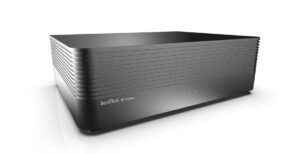
IsoTek V5 Sigmas power conditioner
- Jun 27, 2024
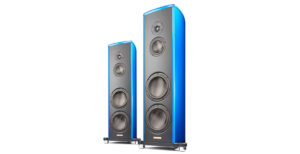
Magico S3 floorstanding loudspeaker
- Jun 27, 2024
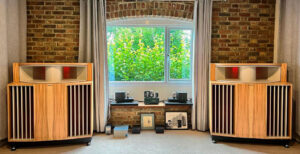
Lowther Hegeman Sound Reproducer
- Jun 27, 2024
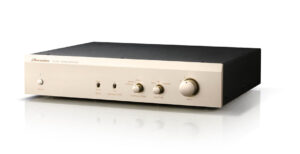
Phasemation EA-350
- Jun 19, 2024









